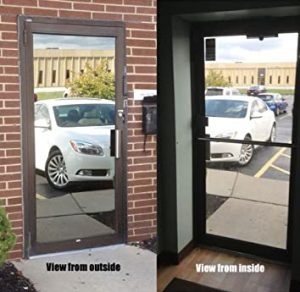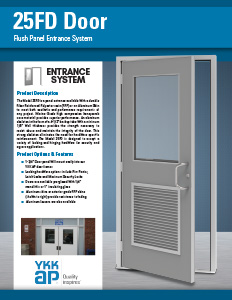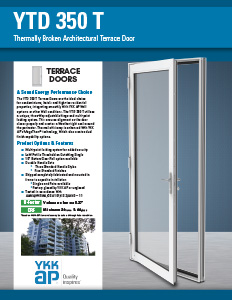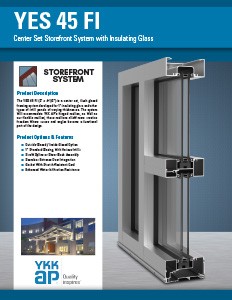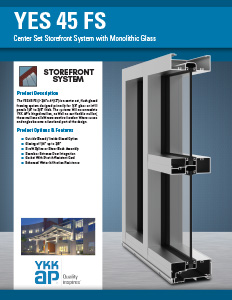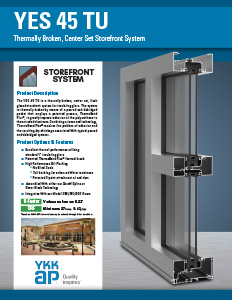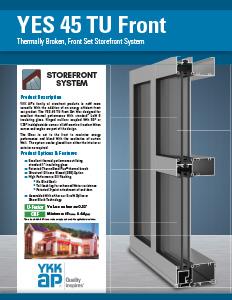Welcome to Superior Glass and Mirror product area. Click on a section below to expand and collapse for more detail.
Entrances
Please click on the thumbnails to download a PDF of the specification sheet.
Storefront and Curtain Wall Systems
Please click on the thumbnails to download a PDF of the specification sheet.
Spider Fittings
Examples of spider fittings.
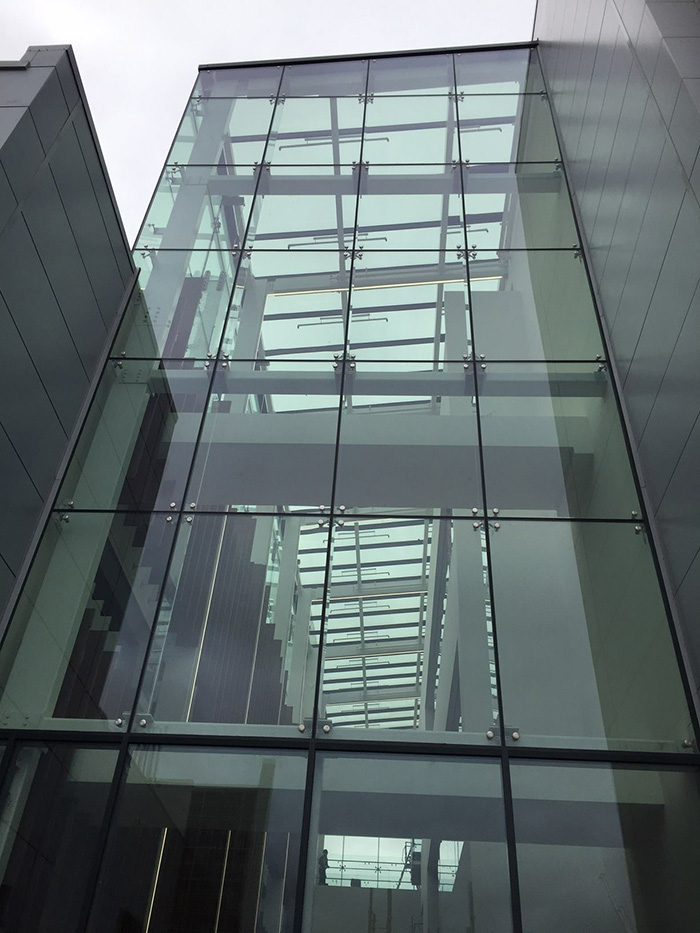

Glass Options
Clear
Clear glass is extremely common, and is popular in a variety of architectural design applications. From applications ranging from vision glass to spandrel glass, clear glass is often specified due to its versatility and ability to serve as a substrate for low-emissivity (low-E) coatings. In addition to its compatibility with solar control or passive low-E coatings, clear glass is also relatively inexpensive, and is frequently selected for its neutral color. However, when specifying glass to achieve a desired aesthetic, design professionals know that clear glass isn’t completely clear—it has a distinct green hue when under light.

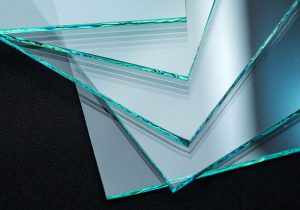
Low Iron
Low-iron glass eliminates the green cast that is common with clear glass, and can be used as a substitute for clear glass as well as for other more specialized applications. Low-iron glass is often used:Where clarity and connectivity between spaces is important, Where the project requires maximized views from the inside-out, For interior features such as balustrades, partitions and display cases.
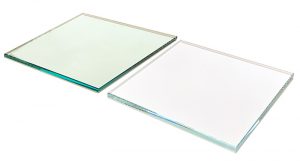
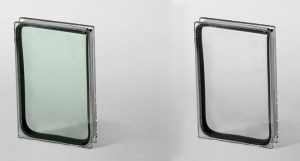
Solar Control Glazing
Solar Control and Passive Low‑E Glasses Glass is one of the most popular and versatile building materials used today, and it provides a dramatic aesthetic. But the beauty of glass is pointless if the people inside the building are uncomfortable or if energy inefficiency makes the building too expensive to operate. Low-emissivity (low-e) glass coatings were developed to minimize the amount of ultraviolet and infrared light that can pass through glass without compromising the amount of visible light that is transmitted. A microscopically thin transparent coating allows low-e glass to reflect exterior heat in warm temperatures and hold in heat during cold temperatures, making buildings light, bright and energy-efficient.

Spandrell and Laminated Panels
Spandrel glass is the opaque glass that conceals structural building components such as columns, floors, HVAC systems, vents, electrical wiring and plumbing, preventing these from being visible from the exterior of the building. Curtain wall and structurally glazed designs often require the use of spandrel glass to achieve an architect’s vision of the finished project. Typically located between vision glasses on each floor of a building, spandrel glass can be either complementary or contrasting in color when compared to the appearance of the vision glass. Laminated panels serve the same purpose with a core material laminated with a colored metal sheet. Both spandrell and laminated panels are available in standard as well as custom color options.
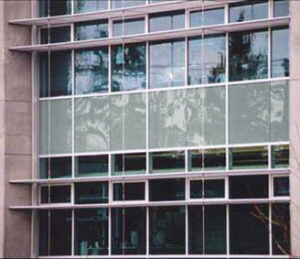
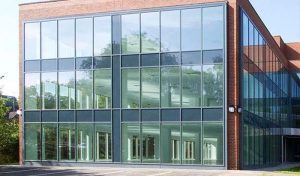
Reflective Glass
Reflective glass is annealed or standard glass that has a thin layer of metallic or metallic oxide coating. Since this coating is applied to only one side of the glass, it has a mirror-like appearance. This reflective coating is applied during the float process to enhance the amount of heat reflected by the glass. It can absorb and reflect the sun’s harmful UV and infrared rays yet allow natural visible light to pass through. It also prevents excessive solar glare. However, it does allow natural light to pass through, offering optimal daylighting. This type of glass can also be known as a one way mirror due to the reflective appearance.



